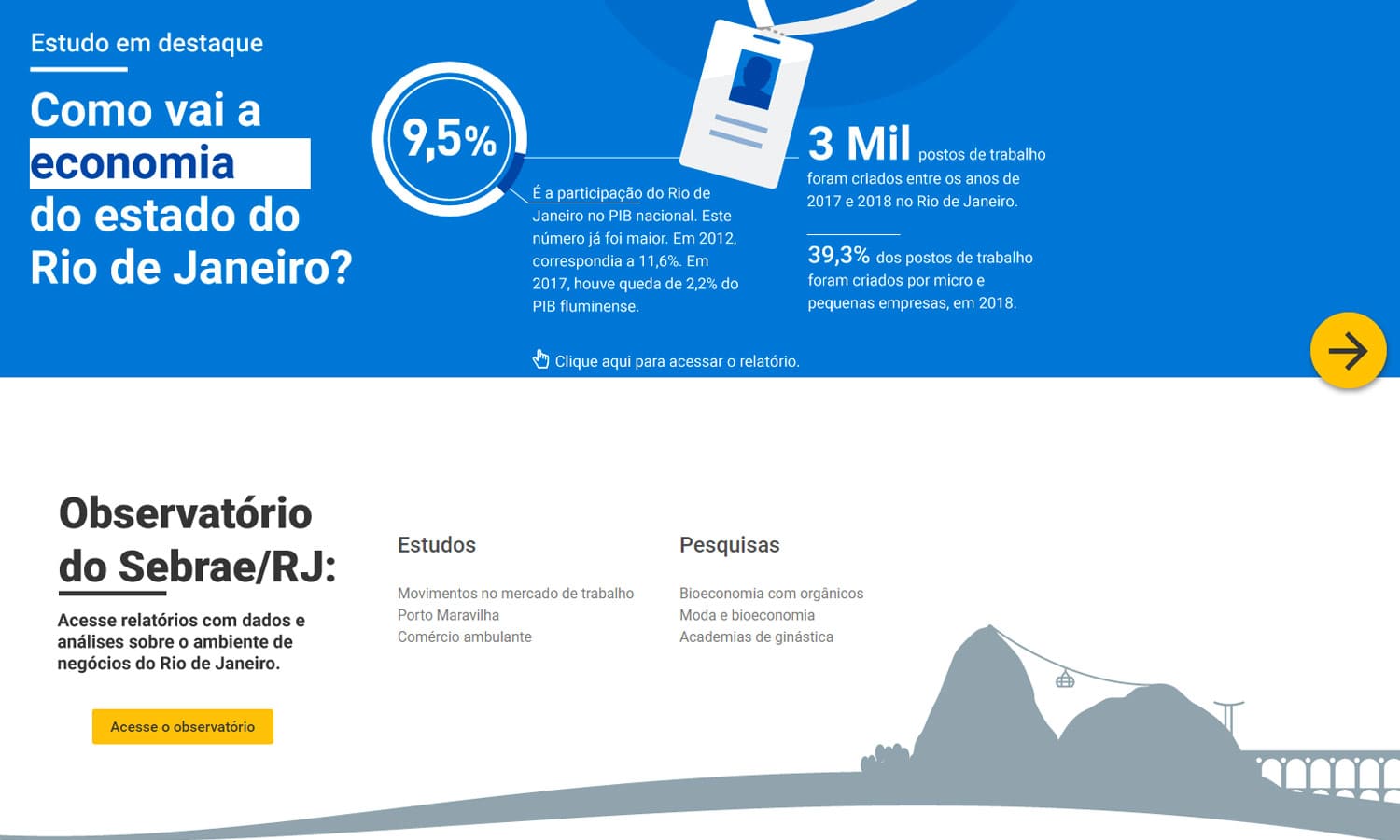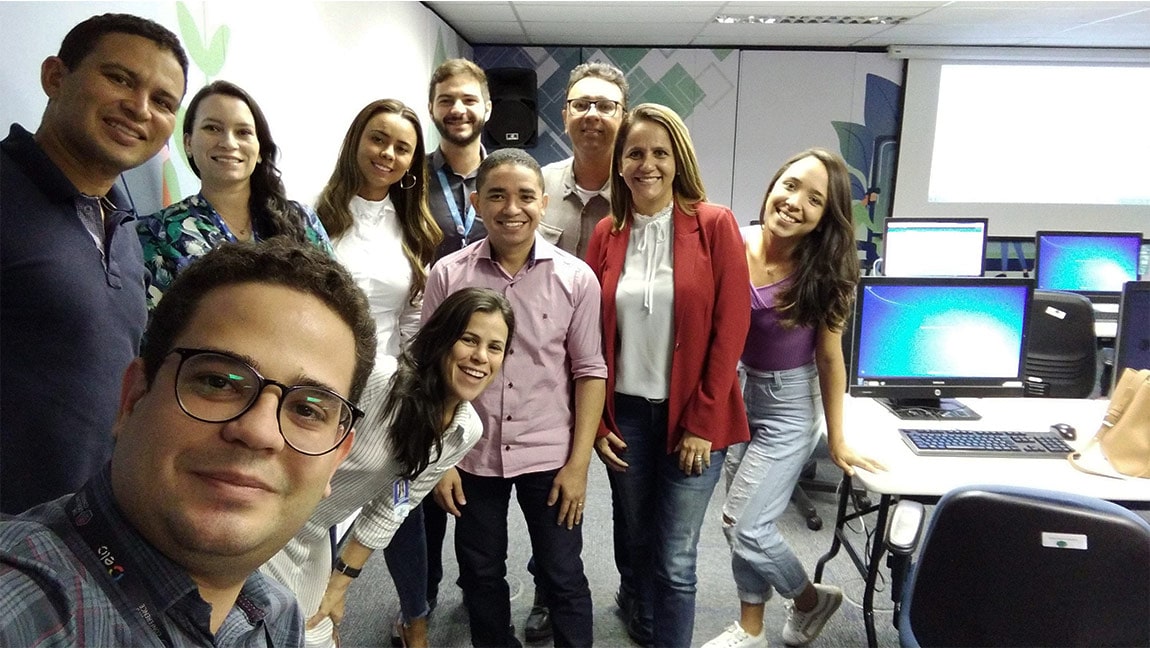How to enable non-programmers to create new digital solutions of knowledge?

Today, the core of my work is a platform that I started with 2 other professionals, in 2015. This is called DataSebrae, and it was created to display all the knowledge produced by a nationwide organization, with more than 700 answering points, and spread in every state of Brazil.
Autonomy is a keyword in this project. It means that we don’t depend on third parties for the development of the digital solutions of DataSebrae, but we do need to have many teams, all over the country, producing their own content, according to local or thematic needs.
These teams are usually made of research and strategy professionals, with no background in design or development, but who still need to create sophisticated solutions for knowledge management.
For the last year, I’ve been developing something called DS-LiB. This is a set of resources aimed to allow non-developers to create their own resources with small pieces of code. Take a look at some of the key aspects of this project:
1) Shortcodes
When developing a new page in DataSebrae, content producers were supposed to type all the HTML code for creating links, anchor references, specific text formation, embedded pages, and so on. Now, they can only write all the content as a common text and bring it all to the platform. Adding a few brackets and words to the text, gains all the necessary development. It goes from interactive libraries of digital content to pages based on third parts data panels.
2) CSS and JavaScript Library
Part of the digital solutions inside DataSebrae requires more complex development, not supported by shortcodes. In this case, DS-LiB also comprehends proper CSS and JavaScript libraries to support professionals with certain comprehension of HTML. On one hand, it helps to maintain the design system of the platform, in the other one, it allows the easy creation of different blocks of content, carousels, modal windows, and collapsible boxes, as well as the formation of all sorts of elements.
3) Presential training

By that time, I have trained 18 groups for the development of digital solutions and content in DataSebrae. They learn aspects of innovation, how to create solutions that people really need, and also the necessary comprehension on how to produce new content and maintain the old ones. This is a full-day course, which already taught professionals from 18 states of Brazil, out of the 27 existing ones.